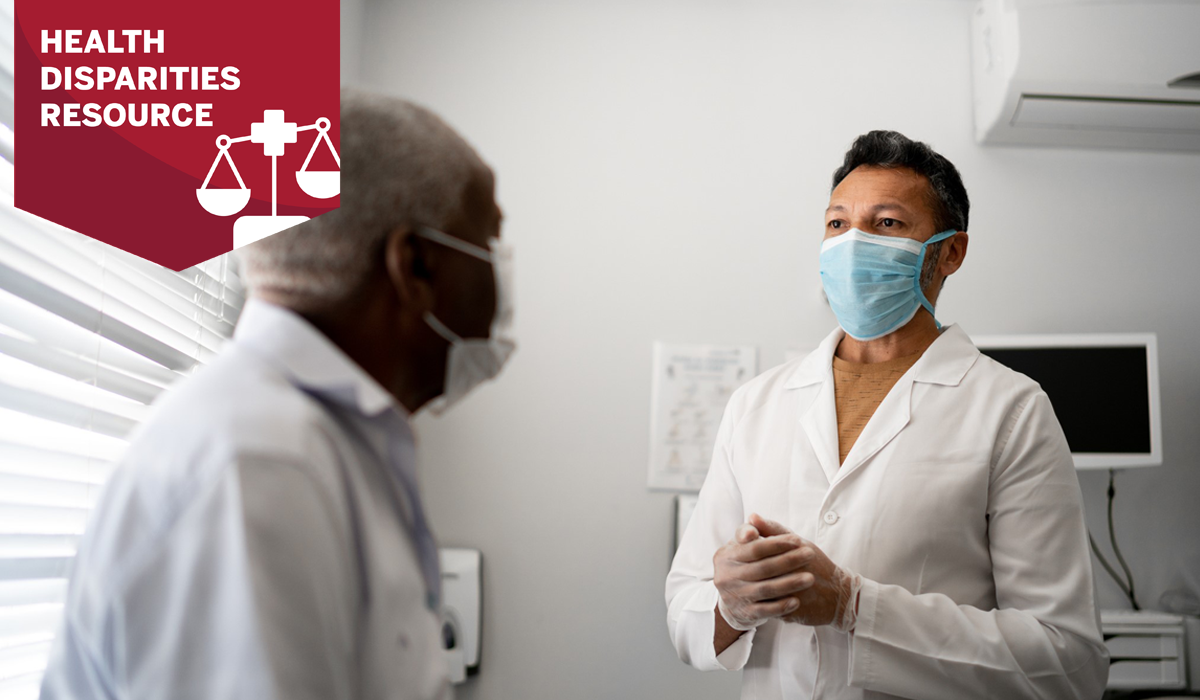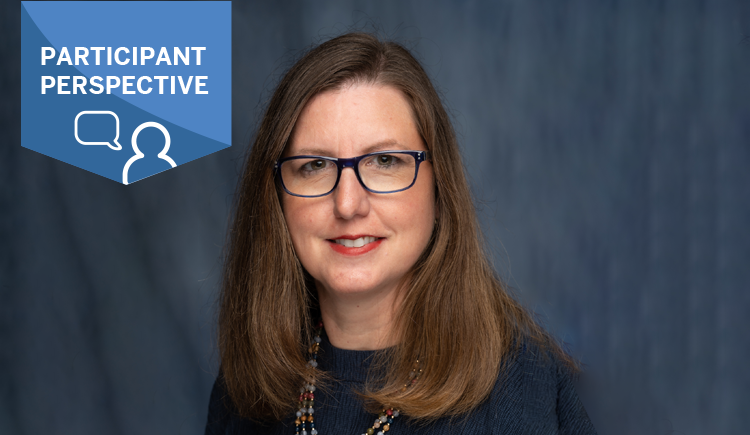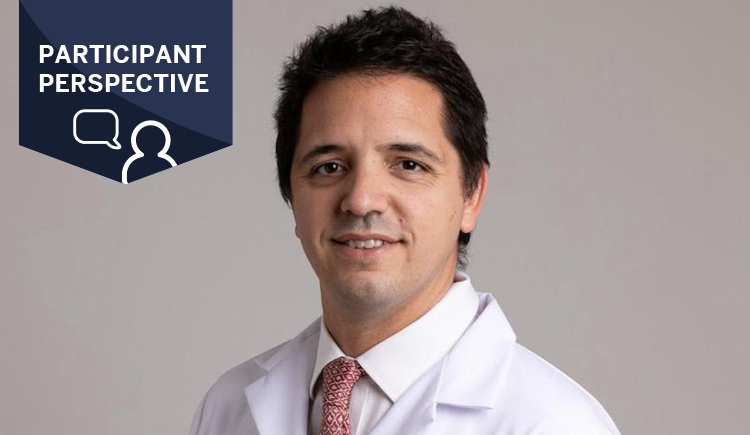
Health disparities are pervasive in the United States and exist at every level of the health care system. Events in 2020—namely, inequality along racial and socioeconomic lines during the COVID-19 pandemic, alongside the ongoing racial reckoning following the murder of George Floyd—have particularly brought this to the fore. Medical professionals now have increased awareness and cognizance of their roles (individually and within an organization) in dismantling health disparities but may not yet have the knowledge or skill set to bring this knowledge to fruition.
J. Kevin Tucker, MD, is the Harvard Medical School Master in Clinical Service Operations program director and vice president of education at Mass General Brigham. The master's program is designed to help health professionals in various positions lead teams, optimize organizational efficiency, and improve patients' experience; identifying health disparities and educating students about them is an important through line of the coursework. Tucker says he sees students come to the program with a basic awareness—but they have critical knowledge gaps as well.
“Their knowledge is very superficial. They know health care disparities exist but are typically likely to attribute them to only the superficial layer—lack of access to health care and the commonality of certain chronic disease states in people of certain races and ethnicities," he explains. "That may be true, but it doesn't delve into the deeper, more substantive issues about the underlying structural causes: poverty, lack of housing, poor education, and so on.”
In other words, Tucker says, "They haven't peeled back the layers. If we don't get to those deeper issues, we'll never solve the problem."
Where Unconscious Biases Exist for Health Care Professionals
The first step in beginning to dismantle systems of racism and inequality is—for obvious reasons—to understand where these factors exist and how they developed. A student's exact background and perspective will correspond with that person's specific biases, assumptions, and misunderstandings. But regardless of their specific role, says Tucker, they should identify and assess assumptions about populations that those professionals are serving.
In cancer care, for example, health care professionals might make assumptions about the efficacy of a particular treatment, but clinical trials were primarily performed on people of European ancestry. Thus, entire parts of the population, such as individuals of African ancestry, have been excluded from tests. As a result, the results are skewed and incomplete—and it's sometimes not communicated effectively to the professional using the results to inform treatment. Acknowledging these biases and beginning to look for them is a first step to trying to dismantle inequities.
Tucker has also developed an ongoing HMS webinar series on health disparities, Addressing Health Disparities: Clinical Insights on Race and Social Justice. Each webinar is designed to provide quick, high-quality education consisting of interviews and panel discussions with experts where participants can ask questions directly. Subjects have thus far included the stark socioeconomic and racial dividing line in St. Louis known as the "Delmar Divide," to subtle but pernicious disparities in the medical workforce, to structural inequities exposed by COVID-19, to the "trifecta" of race, poverty, and rural areas on poor health outcomes.
How Medical Professionals Can Begin to Address Health Disparities
Depending on a professional's responsibilities and skill set, individuals can find their own unique ways to implement change. If a Master in Clinical Service Operations program student is a health care executive, for example, "they have some impact on understanding the health care system is a part of the community in which it lies," says Tucker.
Then, armed with that knowledge, "how can the health care system be a part of the solution? This could range from paying a living wage to low-wage employees, developing community partnerships to help people understand why they should get vaccinated, addressing the poor local school system, or helping to provide food at a reasonable cost—like starting a Geisinger's Fresh Food 'Farmacy,' for example."
From an internal perspective, another aspect of addressing health disparities is through hiring and managing diversity. This can include generational divides across diverse groups of workers, says Tucker, and the ongoing work is to ensure that hiring practices are fair, equitable, and just. The master's program, especially since it focuses on organizational optimization, brings a rich diversity in its participants, which can lead to a wealth of discussion about managing across differences. "I always tell the students they'll learn as much from each other as they will from us," explains Tucker. Working with one's community is critical to addressing disparities, too, in other words.
Ultimately, Tucker tells his students that their unique impact comes down to their current or future roles, and how they specifically can utilize their position and the health care system as a way to address disparities. For those existing outside the health care system, he encourages them to ask themselves—what can I as an individual person do? Both mindsets are critical to addressing these longstanding systemic problems, he says, and are now more critical than ever.
"The health care sector has been, for a long time, a leader in terms of advancement of people of color and immigrants," he says. "We want to make sure that we remain a place where people who have had limited opportunities can come in, prove their talent, and have opportunities to grow."
Written by Katherine J. Igoe
-
Resources
- Getachew, Y., Zephyrin, L., Abrams, M. K., Shah, A., Lewis, C., & Doty, M. M. (2020, September 10). Beyond the case count: The wide-ranging disparities of covid-19 in the United States. The Commonwealth Fund. https://doi.org/10.26099/gjcn-1z31
- Weinstein, J. N., Geller, A., Negussie, Y., & Baciu, A. (2017). Communities in action: Pathways to health equity. The National Academies Press. https://doi.org/10.17226/24624


